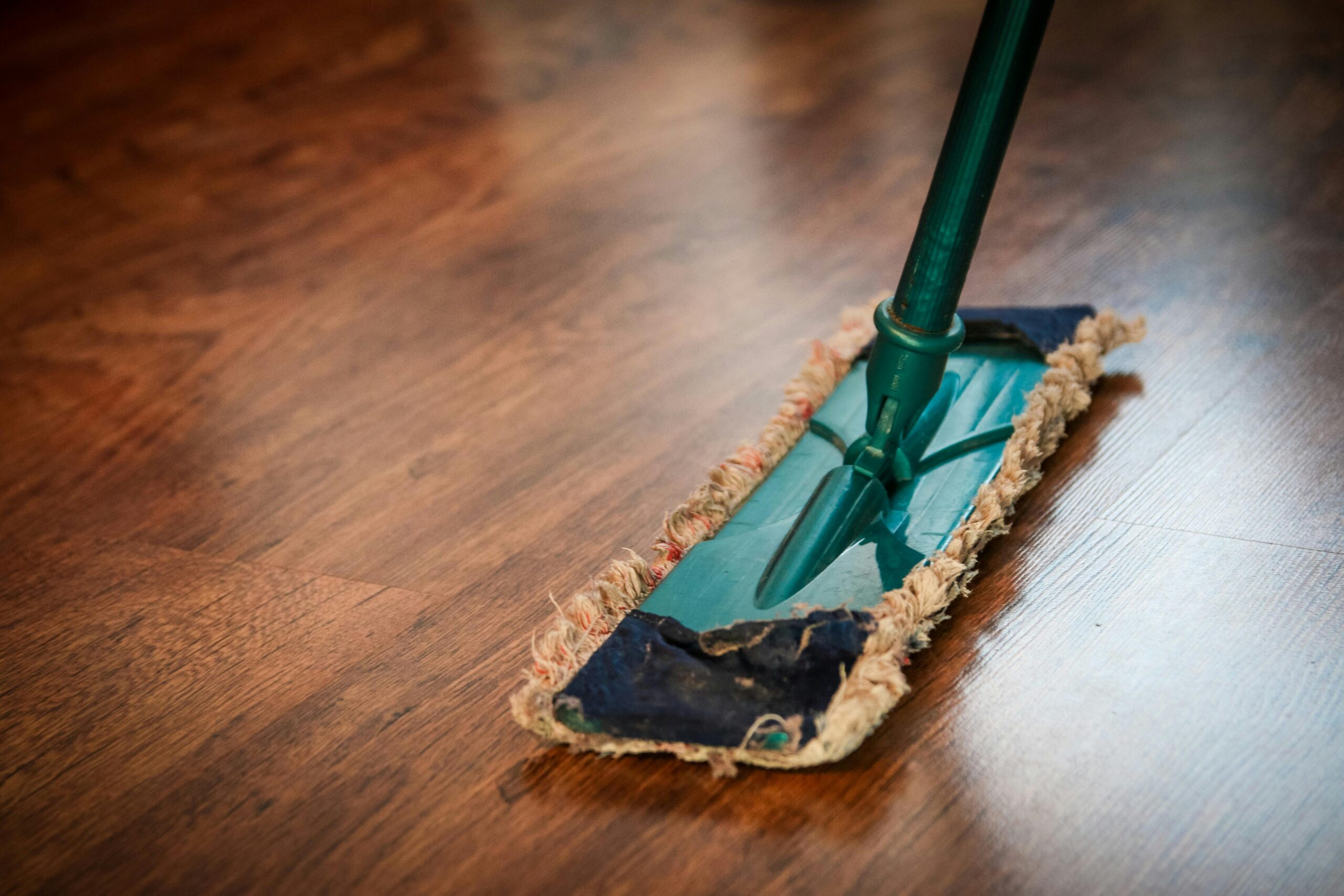Maintaining a clean and organized home doesn’t have to fall on just one person’s shoulders. With a well-designed family cleaning schedule, everyone can contribute to keeping your living space tidy and comfortable. This article explores practical strategies for developing a sustainable home cleaning routine that includes all family members, even young children. You’ll discover age-appropriate ways to involve kids in chores, techniques for ensuring shared household tasks are distributed fairly, and tips for creating a system that actually sticks.
Why Family Cleaning Schedules Matter
A thoughtfully designed family cleaning schedule does more than just keep your home presentable. It teaches responsibility, builds life skills, and fosters a sense of contribution among all family members. When children participate in shared household tasks from an early age, they develop a stronger connection to their home environment and understand the value of teamwork. Additionally, distributing cleaning responsibilities prevents burnout for parents who might otherwise shoulder the entire burden. Research shows that homes with established cleaning routines tend to maintain cleanliness more consistently, reducing the need for exhausting weekend cleaning marathons that nobody enjoys.
Assessing Your Home’s Cleaning Needs
Before creating your family cleaning schedule, take time to evaluate your home’s specific requirements. Every household has unique cleaning demands based on size, number of occupants, and lifestyle factors. Start by walking through each room and listing all necessary tasks, from daily maintenance like dishwashing to seasonal deep cleaning such as washing windows. Consider special circumstances that might affect your home cleaning routine, such as pets shedding fur, allergies requiring more frequent dusting, or high-traffic areas needing extra attention. This comprehensive assessment forms the foundation of an effective schedule that addresses your home’s actual needs rather than generic cleaning recommendations.
Age-Appropriate Ways to Involve Kids in Chores
Children of all ages can participate in household maintenance, but the key is assigning developmentally appropriate responsibilities. Toddlers and preschoolers can learn to put away toys, place dirty clothes in hampers, and help wipe up spills. Elementary school children can handle making their beds, feeding pets, emptying small trash bins, and helping with meal preparation. Teenagers can take on more complex tasks like vacuuming, bathroom cleaning, lawn care, and laundry. When you involve kids in chores from an early age, they gradually build competence and confidence. Remember that patience is essential—initially, tasks will take longer and results may be imperfect, but the investment in teaching these skills pays dividends in the long run.
Designing Your Family Cleaning Schedule
Creating an effective family cleaning schedule requires balancing thoroughness with practicality. Begin by categorizing tasks as daily, weekly, monthly, and seasonal. Daily tasks might include dishes, quick bathroom wipe-downs, and a 15-minute evening tidy-up where everyone participates. Weekly tasks could include vacuuming, mopping, and changing bed linens. Monthly and seasonal tasks encompass deeper cleaning projects like washing windows, cleaning under furniture, or organizing closets. Consider using schedule templates available through resources like AskHomey, which offers customizable cleaning checklists designed for family participation. The most successful schedules account for each family member’s availability, preferences, and strengths while ensuring equitable distribution of work.
Making the Schedule Stick
Even the most perfectly designed family cleaning schedule will fail without proper implementation strategies. First, secure buy-in by involving everyone in schedule creation—people are more likely to follow systems they helped design. Second, be consistent about expectations but flexible about methods; focus on results rather than dictating exactly how tasks should be completed. Third, incorporate accountability measures like regular family meetings to discuss what’s working and what needs adjustment. Fourth, consider gamification elements such as cleaning challenges, reward systems, or time-based competitions to make shared household tasks more engaging. Finally, model the behavior you want to see—children learn more from what adults do than what they say.
Overcoming Common Challenges
Every family faces obstacles when implementing a cleaning schedule. Resistance is normal, especially initially. Address complaints by acknowledging feelings while remaining firm about expectations. For families with packed schedules, focus on efficiency by combining tasks, setting timers to prevent cleaning sprawl, and utilizing small pockets of time throughout the day. When family members consistently neglect assignments, investigate underlying causes—the task might be too difficult, instructions unclear, or timing inconvenient. Adjust accordingly rather than assuming deliberate avoidance. Remember that perfect execution isn’t the goal; continuous improvement and shared responsibility are what matter most in sustaining your home cleaning routine.
Seasonal Updates and Refreshes
Your family cleaning schedule should evolve as your household changes. Revisit and adjust your system seasonally to accommodate shifts in family activities, school schedules, or work demands. Consider deeper cleaning projects during school breaks when more hands are available. Use seasonal transitions as natural opportunities to declutter and reorganize, incorporating these special projects into your regular schedule. As children grow, gradually increase their responsibilities to match their developing capabilities. This evolution keeps your family cleaning schedule relevant and effective year after year.
For more tips and to connect with reliable home service professionals, follow AskHomey on Facebook and Instagram.



